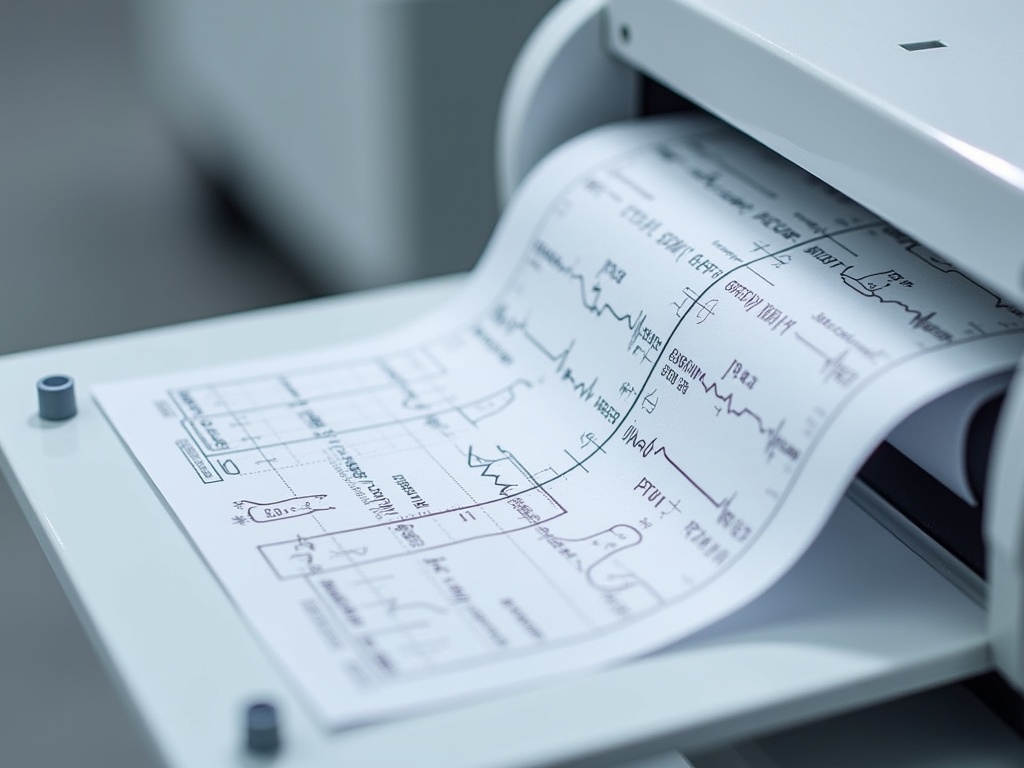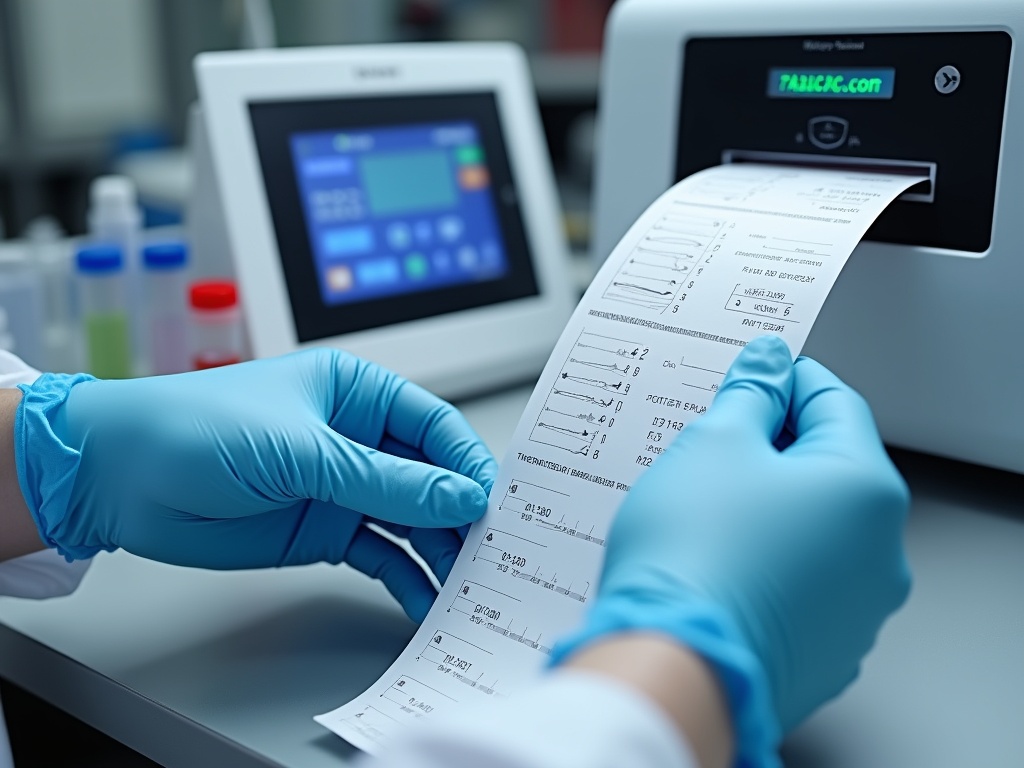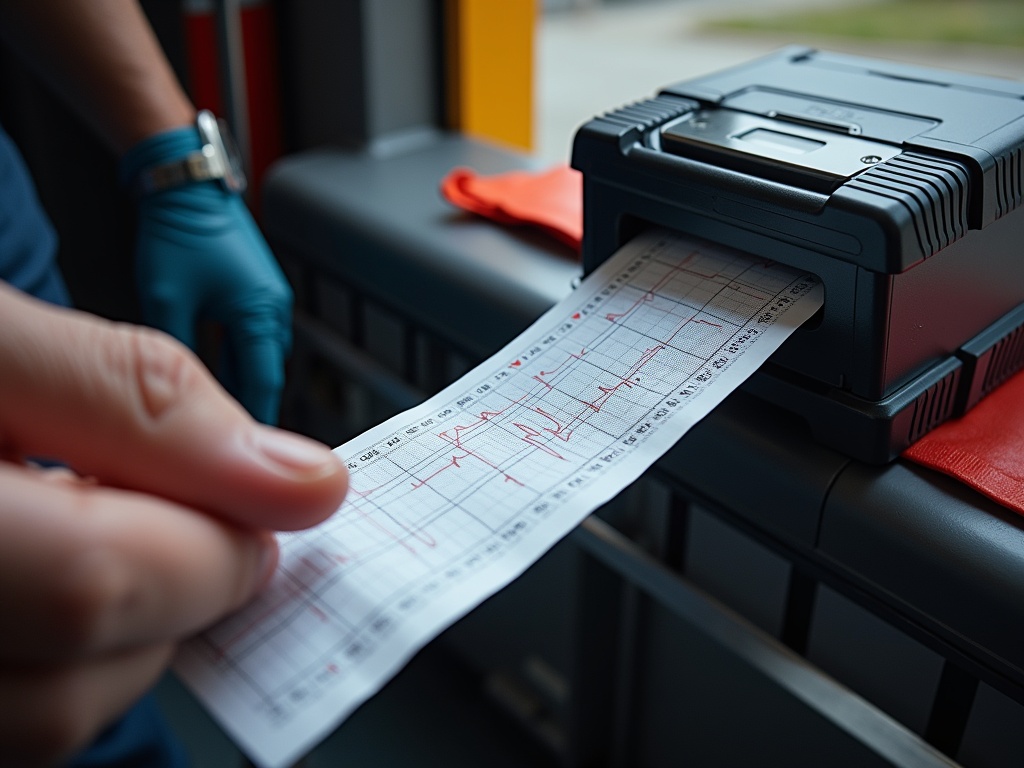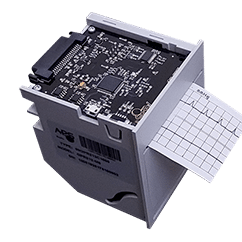
From ICU to laboratory: why thermal printing is still indispensable in modern healthcare
In an era of digital transformation, hospitals and labs are flooded with data. Electronic health records, cloud-connected monitoring, and AI-assisted diagnostics dominate the headlines. Yet, amid this digital boom, thermal printers and chart recorders remain foundational components in many medical devices. Far from being relics of the past, these technologies are vital where reliability, traceability, and simplicity are non-negotiable.

The digital paradox: why paper still matters
Despite advances in digital storage, the need for physical proof and immediate visibility persists in critical care environments. Paper-based thermal printouts offer an instant, tangible record — whether it’s for monitoring patient vitals during surgery or printing test results at the point of care.
Unlike digital logs that require specific software or interfaces, thermal printouts are universally accessible. Nurses, physicians, and auditors can quickly interpret them without additional tools. This universality is crucial in time-sensitive scenarios, where seconds matter and interface failures are unacceptable.
Thermal printers vs. inkjet : impact in medical contexts
In the demanding world of healthcare, thermal printers outperform inkjet or impact alternatives in several ways:
- Low Maintenance: No ink cartridges or ribbons to replace, reducing downtime and contamination risks.
- Quiet Operation: Essential in quiet zones like neonatal or intensive care units.
- Consistent Output: High legibility under variable temperatures and humidity, ensuring traceable documentation at all times.
These qualities make thermal printing the gold standard for embedded medical devices, especially those requiring uninterrupted operation and minimal servicing.
Chart recorders in real-time monitoring: use cases
Chart recorders are particularly useful in devices that perform real-time monitoring — such as anesthesia machines, blood analyzers, or infusion systems. The ability to track trends over time on a physical medium adds a layer of clarity and auditability that digital dashboards alone cannot match.
For instance, in blood analysis, the progressive output of measurements can be recorded on thermal paper, creating a legally valid trace of the test without reliance on external servers or networks. Similarly, during anesthesia, live recording of heart rate, oxygen saturation, and respiration ensures accountability and patient safety.
Regulatory pressures and the need for physical evidence
Compliance with medical regulations like the FDA’s 21 CFR Part 11 or the EU MDR increasingly requires traceable, verifiable data outputs. While digital systems are valid, many audits still require — or strongly prefer — paper documentation as indisputable proof of process integrity.
Thermal chart recorders provide this physical evidence in a tamper-evident format. In legal or insurance contexts, printed charts often serve as the gold standard for verifying correct procedures or identifying potential issues retrospectively.
Integration in embedded medical devices
Compact thermal printers and chart recorders are easily embedded into a wide range of medical devices. Their small footprint, low power consumption, and immediate output make them ideal for portable or bedside applications. Whether integrated into an ECG, a ventilator, a dialysis machine, or a blood coagulation analyzer, these modules provide direct documentation without requiring a computer interface.
This is especially critical in point-of-care and mobile setups, where equipment must function autonomously, reliably, and consistently — even in constrained or remote environments.

Final thoughts: bridging the gap between digital and physical
As medical devices evolve, the convergence of digital intelligence and physical reliability becomes increasingly important. Thermal printers and chart recorders offer a dependable bridge between software-driven monitoring and tangible, accessible proof of care. They remain indispensable not because they are outdated — but because they excel where newer technologies still struggle: consistency, independence, and instant traceability.
Product Spotlight: APS GPR212-M0

If you’re looking to integrate a reliable, medical-grade chart recorder into your device, the APS GPR212-M0 is a top-tier solution. Designed specifically for clinical and laboratory environments, it combines compact design, silent operation, and excellent print quality with industry-leading durability.
- Supports real-time charting and standard ticket-style outputs
- Ideal for medical instrumentation with embedded print requirements
- Full control over printing speed and quality ensures immediate readability
- Designed to meet stringent compliance and hygiene standards
Whether you’re developing monitoring systems, diagnostic tools, or pharmaceutical processing equipment, the GPR212-M0 delivers reliability where it counts. It’s not just a printer — it’s an embedded assurance of traceability, accountability, and care.

Looking for a dependable thermal chart recorder for your medical device?
Explore how the APS GPR212-M0 can simplify integration, ensure compliance, and deliver long-term reliability : get your custom quote today !
